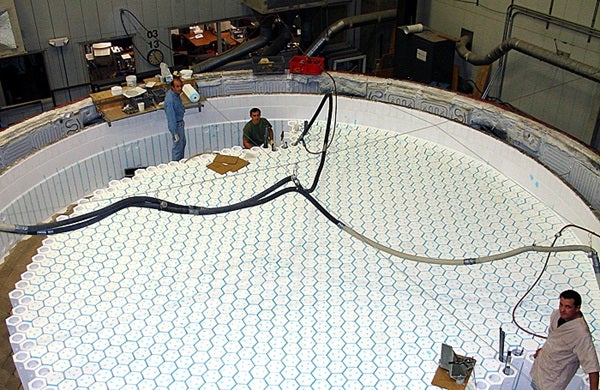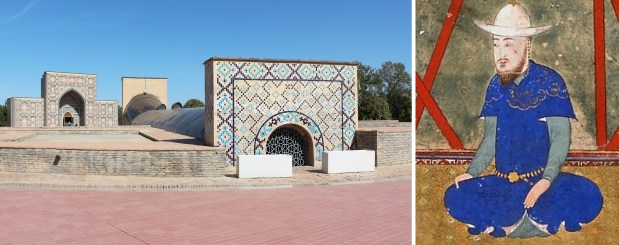The next generation of ground-based telescopes took one step closer to reality this week. Casting the first of seven 27-foot (8.4 meter) mirrors for the Giant Magellan Telescope (GMT) remains on schedule after scientists at the University of Arizona’s Steward Observatory Mirror Lab (SOML) successfully prefired the huge spinning furnace.
The 2-week prefiring process began June 16. Mirror Lab technicians monitored the furnace temperature and turned up the heat for the first 8 days of the test run. The process centers core glue joints, burns out any impurities, and stresses the mirror’s mold.
The team will lift the furnace’s lid off tomorrow to take a look at the mold, but detailed inspection will take place after the Fourth of July holiday.
The mirror will take roughly 12 weeks to cool. Once cooled, it will be ground and polished to an accuracy within 15-20 nanometers. Then, the mirror will be coated with a layer of reflective aluminum only 100 nanometers thick.
With the casting of its mirrors underway, the GMT is the first extremely large ground-based telescope under construction. Seven 8.4m mirrors, arranged in a floral pattern, will give the GMT the resolving power of a 24.5m primary mirror, or a 25.6m diameter telescope — 10 times the resolution of the Hubble Space Telescope.
Construction in northern Chile should be completed in 2016. When up and running, the GMT will investigate star birth, planetary-system formation, black holes, and the birth of galaxies in unprecedented detail.
Other extremely large telescopes yet to begin construction the Thirty Meter Telescope, the Giant Segmented Mirror Telescope, the Very Large Optical Telescope, Euro50, and the OverWhelmingly Large Telescope.











